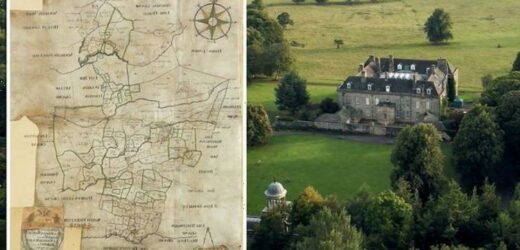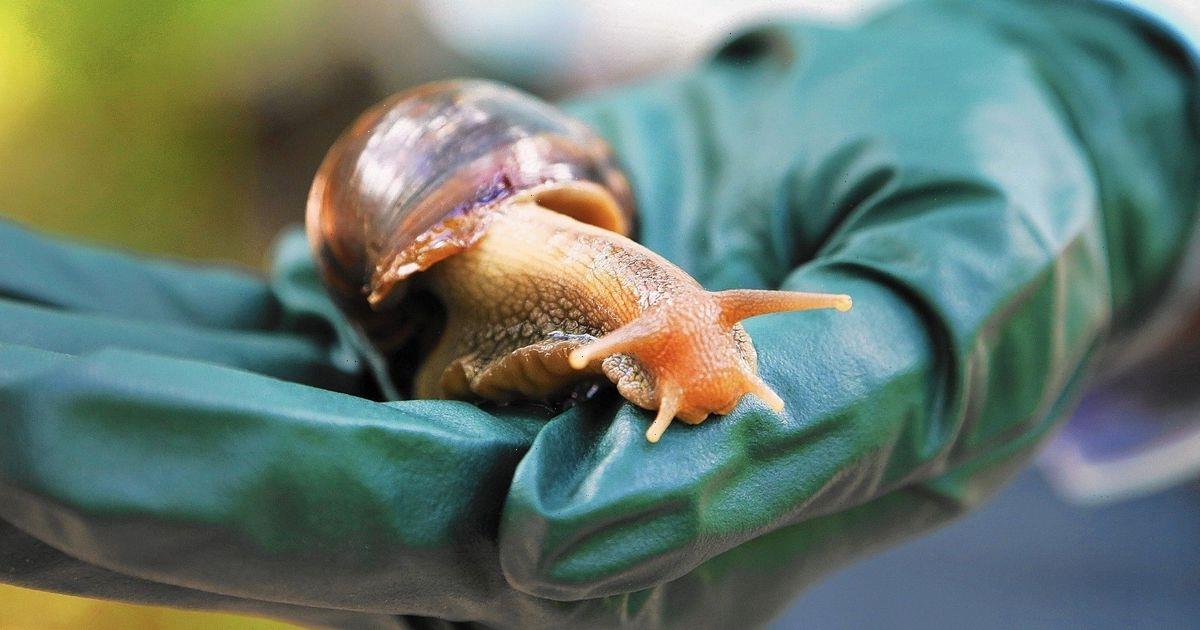Food traces found in Bronze age archaeology site
We use your sign-up to provide content in ways you’ve consented to and to improve our understanding of you. This may include adverts from us and 3rd parties based on our understanding. You can unsubscribe at any time. More info
The same technology will now be employed in the National Trust’s biggest-ever tree-planting effort. The £800,000 endeavour is being funded by the Government’s Green Recovery Challenge Fund, which will see the charity plant 20 million trees by 2030. Towards this goal, the National Trust has deployed so-called LiDAR technology to scan the grounds of the Wallington Estate in Northumberland.
LiDAR, or Light Detection and Ranging, allows archaeologists to peer beneath the ground without having to opt for traditional excavations.
The technology beams hundreds of thousands of pulses of light towards the ground and measures changes in the surface.
The same technology was recently deployed in Central America to expose the hidden ruins of an ancient Maya city.
Here in the UK, the National Trust used LiDAR to reveal more than 120 archaeological features on the Wallington Estate.


The features have all been dated to between 2000 BC and 1900 AD.
Their discovery will help the National Trust conserve the estate and decide where to plant some 75,000 native British trees in the next few months.
The survey was carried out in February this year over a 22 square mile section of the 5,431 hectare (13,420 acre) estate.
It was the biggest survey the conservation charity has ever carried out.
The discoveries shed new light on the estate’s rich agricultural history and the farming practices that were abandoned in the 18th century by former owner Sir Walter Blackett, who introduced a new and “rational” way of efficient farming.

The National Trust also surveyed previously exposed Iron Age camps, which are believed to predate the Roman invasion of Britain in 43 AD.
National Trust Archaeological Consultant Mark Newman said: “This is an exciting moment in the 5,000-year history of this special estate.
“The LiDAR findings have shone a light on much more than we could have imagined so that we can better understand the history of the landscape to help inform plans for its future.
“All of these discoveries will be investigated further to ensure none are impacted by the upcoming planting plans, and to preserve their archaeology for future study.”
Other discoveries on the estate include Roman-era “square features” and previously unknown landmarks.
DON’T MISS…
Somerset detectorist unearths ‘very rare’ Early Medieval brooch [REPORT]
Archaeologists thrilled by Bible-era quarry discovered in Jerusalem [PICTURES]
Bible breakthrough: Study finds origin of tale of Sodom and Gomorrah [STUDY]


These include a 17th-century recreational landscape that boasted an artificial water feature, a small hunting park and possible terraced gardening.
According to Mr Newman, the National Trust can now go ahead with its tree-planting effort “with confidence” by avoiding the archaeological sites.
He added: “But, and this is one of the things we are really excited about, we can now actually recreate areas of lost historic planting which we didn’t previously know about. It makes sense to mirror history.
“These areas should deliver even more habitat benefit than was originally intended and once again contribute to the picturesque qualities of the landscape while also restoring lost features of the historic environment.
“This work has proven how archaeological conservation and planting for nature can work responsibly and sensitively together to preserve and enhance the best and most fascinating parts of our cultural environment whilst creating new, bigger and better habitats for the benefit of future generations.”
The National Trust will conduct additional fieldwork in November before the tree planting begins.
Paul Hewitt, Wallington’s Countryside Manager said: “Wallington set out its 50-year vision for nature recovery across the estate in 2019, and the securing of the Green Recovery Challenge Fund is now contributing significantly to these plans.
“In the short term, it’s our vision to see a million trees and a thousand hectares of priority habitats created and restored by 2030 on the Estate.”
Source: Read Full Article


